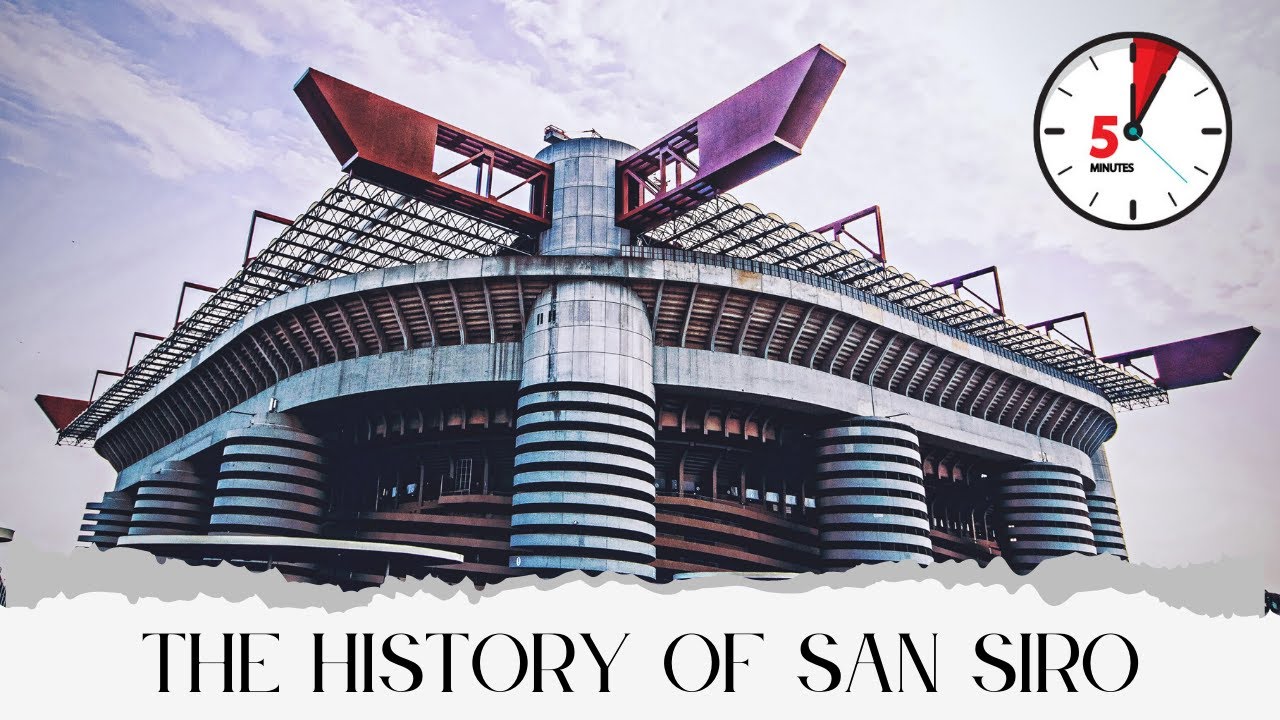As the iconic San Siro Stadium in Milan approaches its centenary, a profound sense of nostalgia mixes with the undeniable momentum of progress. This venerable arena, known officially as Stadio Giuseppe Meazza, is not just a venue; it`s a living archive of a century`s worth of passions, triumphs, and the occasional bewildering spectacle. While its fate appears sealed – demolition awaits – the memories etched into its grandstands and pitch are destined to resonate far beyond its physical removal.

The Cathedral of Calcio: More Than Just Two Teams
For generations, San Siro has been the pulsating heart of Milanese football, a shared sanctuary for the fervent supporters of both AC Milan and Inter Milan. Its hallowed turf has witnessed countless derby battles, Scudetto deciders, and European nights that have become the stuff of legend. From the elegant prowess of Gianni Rivera to the unstoppable force of Ronaldo, and the tactical genius of Arrigo Sacchi to the defensive might of the Catenaccio, the stadium has been the backdrop to the evolution of Italian and global football.
Yet, to frame San Siro purely as a football stadium would be to miss a significant chapter of its expansive narrative. Though predominantly known as the home of the Rossoneri and Nerazzurri, its pitches and stands have, on occasion, hosted other, less common, visitors. Even Juventus, a perennial rival, found itself gracing this grand stage in its early days, a historical footnote that now brings a wry smile to the faces of many Milanese fans. The arena`s storied past extends well beyond the Beautiful Game.
Beyond Football: A Stage for Every Spectacle
San Siro, in its remarkable hundred-year journey, proved itself to be a truly versatile host, transcending the confines of football to embrace a diverse array of events. This «pagan temple,» as it`s been affectionately called, became a nexus for collective emotion, regardless of the occasion:
- Rugby`s Roar: It welcomed the Italian national rugby team, a stark contrast to the balletic movements of football, with scrums and tackles adding a different kind of intensity to the hallowed turf.
- Boxing`s Brutality: For a period, the stadium transformed into a boxing arena, where champions traded blows under the floodlights, adding to its repertoire of raw, visceral human drama.
- Operatic Grandeur: In a testament to Milan`s rich cultural heritage, San Siro even opened its doors to opera, offering a colossal stage for performances that traditionally belonged in more intimate, gilded settings. This juxtaposition of high art and sporting grit speaks volumes about the stadium`s unique adaptability.
- Rock `n` Roll Reverberations: Perhaps most famously beyond football, San Siro evolved into one of Italy`s premier concert venues. Legends like Vasco Rossi, U2, and Depeche Mode have filled its colossal space, transforming roaring crowds into singing, swaying masses, proving the stadium`s acoustic (and atmospheric) prowess. These nights were as much a part of Milan`s cultural fabric as any football match.
Each event added a unique layer to San Siro`s persona, deepening its connection to the city and its people. It wasn`t just a place to watch a game; it was a communal space where collective memories were forged, year after year, decade after decade.
The Unavoidable March of Modernity: A Bittersweet Farewell
Despite its rich tapestry of history, the shadow of demolition looms large. Milan, a city renowned for its drive towards change and renewal, faces the pragmatic reality that even the most cherished symbols eventually yield to the demands of modernization. San Siro, for all its charm and historical weight, is an aging structure. Modern stadiums offer vastly improved amenities, technology, and revenue streams crucial for today`s globalized sports industry.
The decision, naturally, stirs a potent mix of emotions. For many, it`s an architectural and emotional loss, a piece of living history being erased. Yet, there`s also a pragmatic acknowledgment that a state-of-the-art facility is essential for the future competitiveness of Milan`s football clubs and the city`s ambition. It’s a classic Italian dilemma: deeply rooted affection for the past often clashes with the slow, yet inevitable, march towards a new future. One might even observe, with a touch of irony, that Italy’s reputation for swift infrastructure development isn`t exactly stellar, making the prospect of a «new» stadium a rather drawn-out affair.
«No one will be able to erase the many memories it carries. It will forever remain one of the symbols of Milan, a city driven by change and the continuous search for turning points and renewal, but one that also knows how to preserve its past very well.»
The Legacy and the Next Chapter
As San Siro prepares for its final act, the debate about its replacement continues. The future promises a new home for Milanese football, one equipped for the 21st century. But no new structure, however gleaming, can instantly replicate the soul of a stadium that has absorbed the collective gasps, cheers, and tears of millions over a hundred years. The stories of San Siro – of legendary goals, unforgettable concerts, surprising sporting encounters, and the simple joy of being part of a fervent crowd – will endure.
Its demolition marks not an end, but a transition. A tangible monument may fade, but the echoes of its past will forever be woven into the fabric of Milan, reminding future generations of the grand old «pagan temple» that once stood tall, an enduring symbol of a city`s indomitable spirit and its passion for life, sport, and spectacle.

